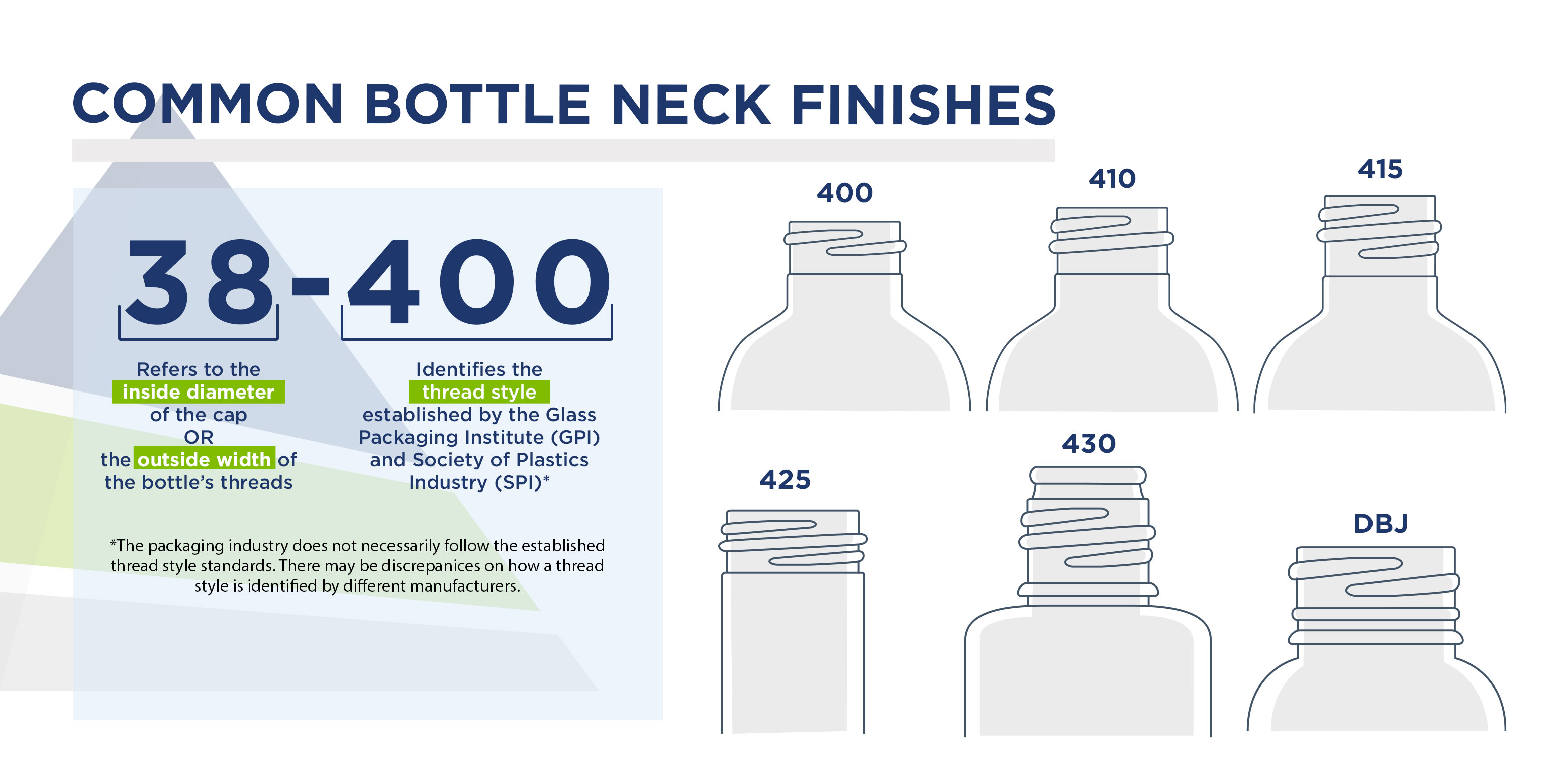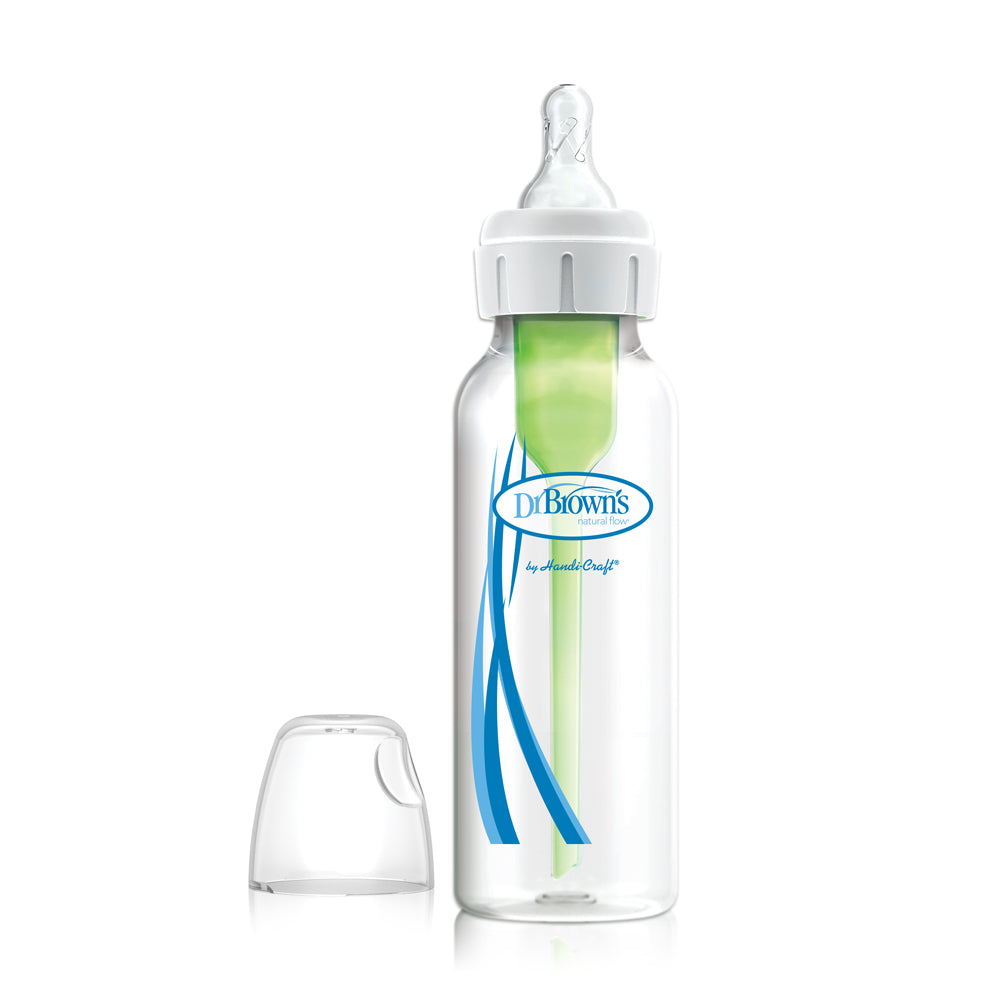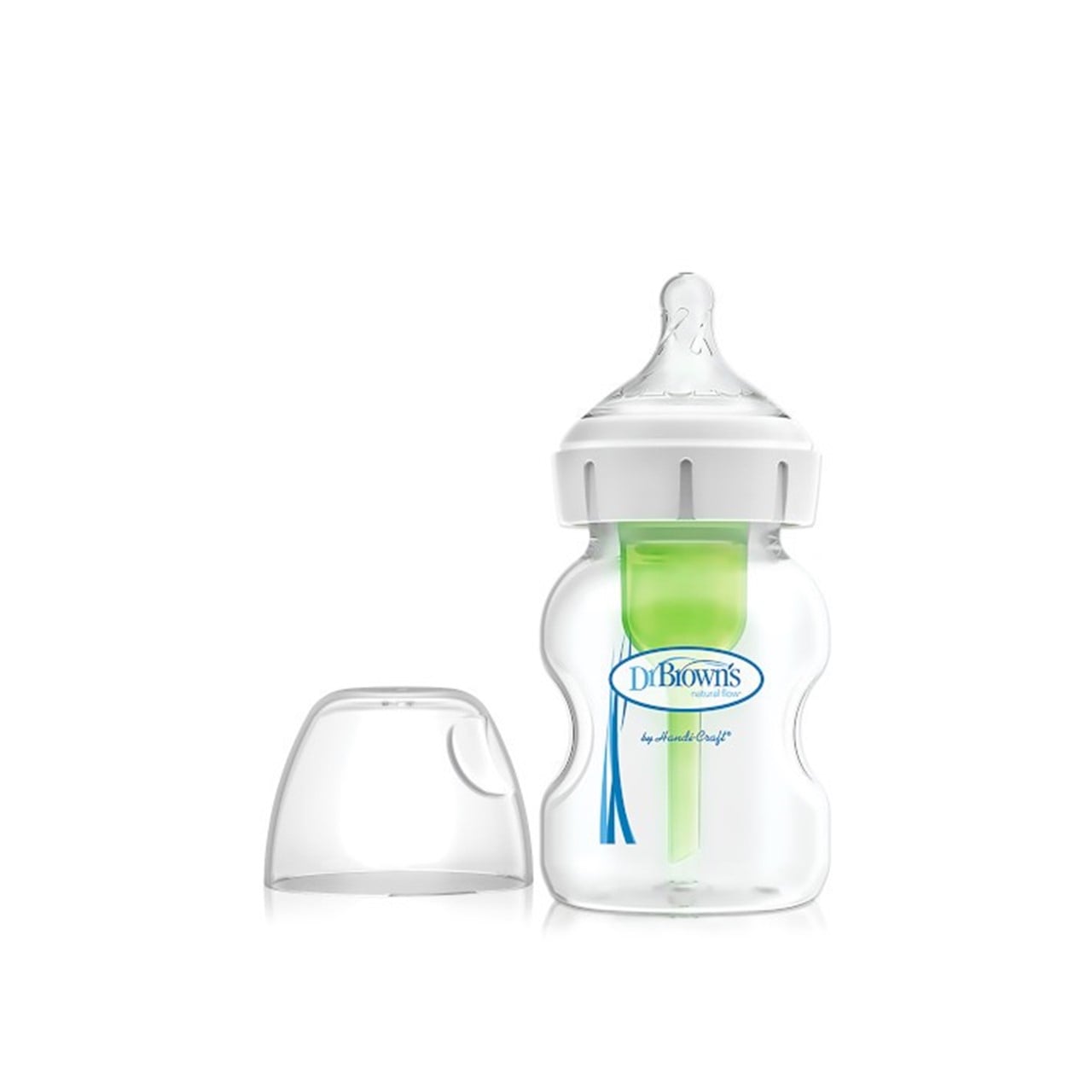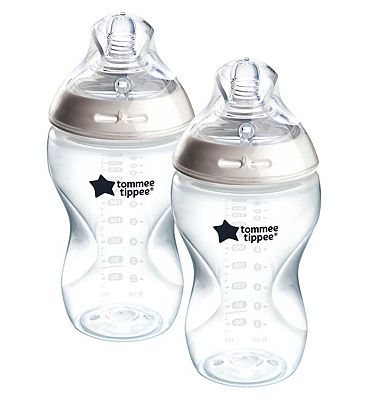
The Baby’s Brew Portable Bottle Warmer is one of the most popular solutions for warming milk on the go. But there’s one detail that often trips parents up:
figuring out which adapter fits their bottle.
Because baby bottles come in all kinds of neck widths, threading styles, and proprietary shapes, Baby’s Brew created specific adapters to ensure:
- a leak-proof fit
- safe heating
- fast warming
- compatibility with formula and breast milk bottles
If you’re overwhelmed by adapter choices, this guide breaks down every adapter type, which bottles they fit, and how to choose the right one on your first try.
1. What Are Baby’s Brew Bottle Warmer Adapters?
Adapters allow your Baby’s Brew warmer to securely attach to different bottle brands. Since each manufacturer uses its own threading, an adapter becomes the “middle piece” that ensures:
- No leaks
- Safe heating
- Proper pressure
- Stable attachment
Without the correct adapter, you’ll notice issues like:
- dripping
- the bottle not screwing on
- improper heating
- the warmer becoming unstable
Choosing the correct adapter ensures everything works exactly as expected.
2. Baby’s Brew Adapter Types (Explained Clearly)
Below is a breakdown of the main types of adapters, plus the bottle brands they support.
A. Wide-Neck Adapter
Designed for wide-mouth bottles.
Compatible with:
- Philips Avent Natural
- Spectra Wide Neck
- Chicco NaturalFit
- Pigeon Wide
- Comotomo* (with special adapter version—see below)
- Many generic wide-neck bottles
Best for: Parents who use wide, soft silicone bottles or wide-latch bottles.
B. Narrow-Neck Adapter
Works with traditional standard-neck bottles.
Compatible with:
- Dr. Brown’s Original (narrow)
- Evenflo Classic
- Medela bottles*
- Parent’s Choice Standard
- Gerber bottles
Best for:
Parents wanting a classic shape and easy stacking.
C. Comotomo-Specific Adapter
Comotomo bottles have unique silicone walls and threading, so Baby’s Brew offers a dedicated Comotomo adapter.
Compatible with:
-
Comotomo 150ml
-
Comotomo 250ml
Why a special adapter?
Standard wide-neck adapters do not work with Comotomo due to thread placement and flexibility.
D. Dr. Brown's Wide-Neck (Options+) Adapter
Dr. Brown’s Wide Options+ uses its own proprietary threading.
Compatible with:
-
Dr. Brown’s Wide Options+
Important:
This does not fit the original narrow-neck Dr. Brown's bottles.
E. Tommee Tippee Adapter
Tommee Tippee bottles have a curved, wide shape with a very short threaded section.
Compatible with:
- Tommee Tippee Closer to Nature
- Tommee Tippee Advanced Anti-Colic
Tip:
Make sure the ring firmly snaps on—TT bottles are known for tricky threading.
F. MAM Adapter
MAM uses a bottom-vent design and unconventional threading, so only a specific MAM adapter works.
Compatible with:
- MAM Easy Start Anti-Colic
- MAM Original Bottles
3. Quick Compatibility Chart
| Bottle Brand | Adapter Type Needed |
|---|---|
| Philips Avent Natural | Wide-Neck |
| Dr. Brown’s Narrow | Narrow-Neck |
| Dr. Brown’s Wide Options+ | Wide Options+ Adapter |
| Comotomo | Comotomo Adapter |
| Tommee Tippee | Tommee Tippee Adapter |
| MAM | MAM Adapter |
| Medela | Narrow-Neck |
| Chicco NaturalFit | Wide-Neck |
| Spectra Wide | Wide-Neck |
| Evenflo Classic | Narrow-Neck |
| Pigeon Wide | Wide-Neck |
4. How to Make Sure You Pick the Right Adapter
Here are easy ways to confirm compatibility:
Check your bottle’s thread size: Wide = typically 50mm
Narrow = typically 30mm
Look at the bottle neck shape:
- Round + large mouth = wide
- Slim + tall = narrow
- Soft silicone with unusual threading = Comotomo
Compare to Baby’s Brew compatibility chart: Always consult the most current list.
When in doubt: choose the bottle’s official adapter: Brands like MAM, Comotomo, and Dr. Brown’s Wide require their own version.
5. Common Problems (and Easy Fixes)
Milk leaking from the adapter
- Make sure the bottle is threaded tightly
- Ensure you’re using the correct adapter
- Check that silicone seals are clean and dry
Bottle doesn’t screw on
- 100% the wrong adapter
- Bottle threads worn out or misaligned
Warmer won’t heat properly
- Ensure the adapter is fully locked
- Warm the base first (some bottles take longer)
Using powder formula?
- Add water first, warm it, then add formula (Powder + heat at the same time = clumping)
6. Tips for Smooth Bottle-Warming
- Preheat the warmer for best performance
- Keep adapter threads clean
- Always check temperature before feeding
- Use distilled water in warmer if recommended
- Bring a backup adapter when traveling
FAQs
1. Do I need an adapter for every bottle brand?
Yes — most bottles require their own adapter due to unique threading.
2. Can I use one adapter for multiple bottles?
Sometimes. Wide-neck adapters work across several brands, but MAM, Tommee Tippee, and Comotomo require dedicated versions.
3. Why is my bottle leaking?
Incorrect adapter selection or loose threading is the most common cause.
4. Do adapters affect warming speed?
No. They simply provide a secure attachment.
5. Can I travel with the adapters?
Yes — they’re lightweight and easy to store in diaper bags.
Conclusion
Bottle compatibility is one of the most confusing parts of using the Baby’s Brew Portable Bottle Warmer, but with the right adapter, everything works perfectly. Whether you’re using Avent, Dr. Brown’s, Comotomo, Tommee Tippee, or MAM, Baby’s Brew has a matching adapter designed to prevent leaks, ensure safe warming, and deliver a stress-free feeding experience.
Choosing the correct adapter means:
- safer warming
- faster feed times
- fewer spills
- zero frustration
A few minutes of research now saves hours of hassle later — and keeps feeding time smooth for both you and your baby.



















